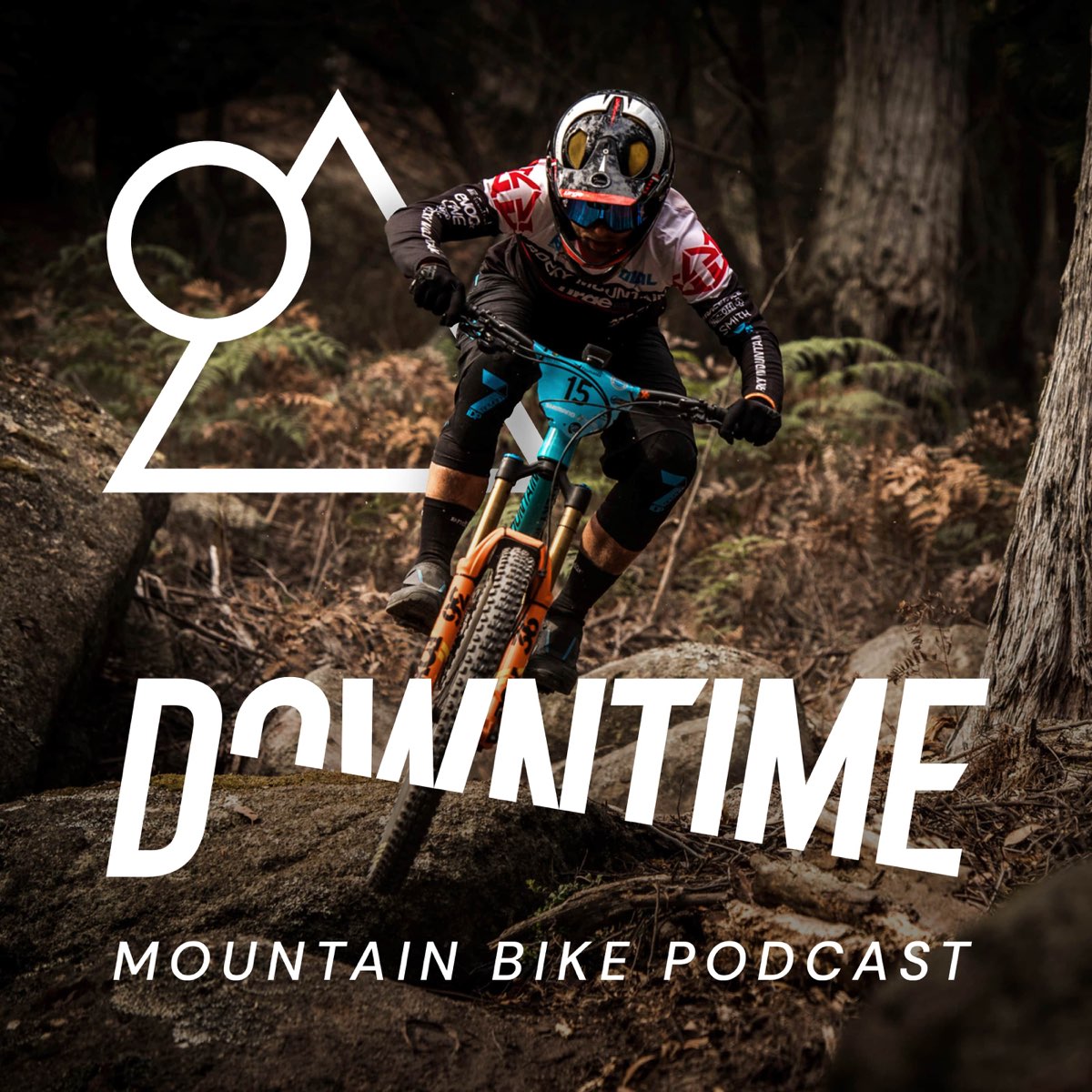PowerExecutor
Member
Setup: I'm around 123 kg, and I've set up my Fox 38 Factory fork to achieve 25% sag as recommended by Fox's guidelines.
Problem Description: When descending at speeds around 25 km/h or higher, I experience an issue where the fork feels overly stiff when the front wheel encounters bumps or obstacles. This results in significant vibrations and forces on the handlebars, making it challenging to maintain control. However, on long, uneven sections, the suspension seems to perform better and absorbs the terrain effectively.
In summary, it seems I’m facing an issue with high-speed compression. The adjustment knobs don’t seem to make a noticeable difference. I’m also uncertain about the number of volume spacers (tokens) currently installed. Do you think it would make sense to remove some tokens to improve the fork's response to fast compression?
Any advice or insights on fine-tuning the setup for high-speed performance would be greatly appreciated. Thank you!
Problem Description: When descending at speeds around 25 km/h or higher, I experience an issue where the fork feels overly stiff when the front wheel encounters bumps or obstacles. This results in significant vibrations and forces on the handlebars, making it challenging to maintain control. However, on long, uneven sections, the suspension seems to perform better and absorbs the terrain effectively.
In summary, it seems I’m facing an issue with high-speed compression. The adjustment knobs don’t seem to make a noticeable difference. I’m also uncertain about the number of volume spacers (tokens) currently installed. Do you think it would make sense to remove some tokens to improve the fork's response to fast compression?
Any advice or insights on fine-tuning the setup for high-speed performance would be greatly appreciated. Thank you!







